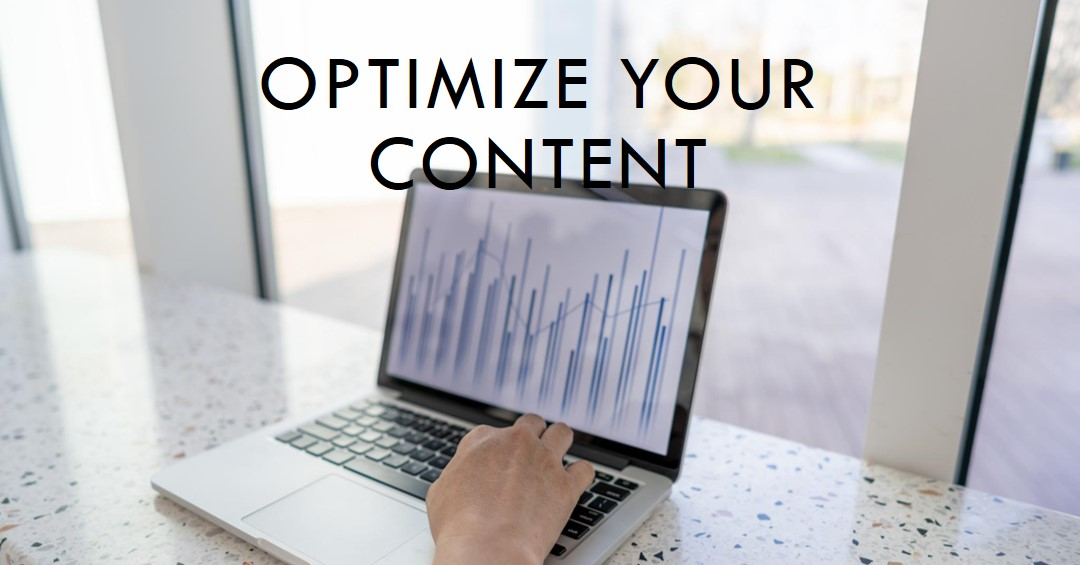Content is king – no doubt. It’s also just the beginning. To fully use its potential, you need to optimize it for both search engines and your audience. It’s a fine art, which is exactly why so many business owners choose to hire an eCommerce SEO agency or a paid search agency. Anyway, here are four essential steps to get you started. Follow them, and you might see the results you want.
Keyword Research
The foundation of content optimization starts with understanding your audience. What are your potential clients searching for? Keyword research helps you identify terms and phrases your potential readers use when looking for information related to your content. Use tools like Google Keyword Planner, Ahrefs, or SEMrush to discover high-traffic keywords relevant to your topic. Add these keywords naturally into your content – this includes headings, subheadings, and body text. Avoid keyword stuffing, which can have a negative impact on readability and SEO. Instead, focus on using keywords contextually and strategically to enhance your content’s relevance and potential.
Craft Engaging and Valuable Content
Optimized content isn’t just about keywords; it’s also about delivering real value. Your content should address the needs and interests of your audience. Start by understanding their pain points, questions, and preferences. Craft your content to provide clear, actionable insights or solutions that resonate with your readers. Make sure your content is well-structured and easy to read. Use short paragraphs, bullet points, and engaging visuals to break up text and enhance readability. An engaging introduction, informative body, and quality conclusion will keep readers hooked and perhaps encourage them to take the action you want them to take.
Enhance On-Page SEO Elements
On-page SEO elements play a crucial role in optimizing your content for search engines. Start with a compelling title tag that includes your primary keyword and entices users to click. Follow with a meta description that summarizes the content and includes relevant keywords. Headers (H1, H2, H3) should be used to structure your content and make it easier for both users and search engines to understand. Additionally, include alt text for images, which helps search engines index your visuals and improves accessibility. Internal linking to related content on your site can also boost your SEO and keep readers engaged longer.
Performance Analysis & Tweaks
Optimisation is not a one-time thing – it’s an ongoing process. Use analytics tools like Google Analytics or HubSpot to track the performance of your content. Look at metrics such as page views, bounce rates, and average time on page to gauge how well your content is performing. Based on this data, make necessary adjustments to try and improve your content’s effectiveness. This might involve tweaking headlines, updating information, or adding new insights. Regularly revisiting and refining your content ensures that it remains relevant, valuable, and optimised for both your audience and search engines.
Continuous Improvement
Optimizing your content is about so much more than just inserting keywords. Focus on quality information first and foremost, but remember about structure and good research – it’ll make all the difference!



